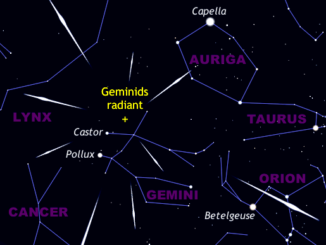
Gemini

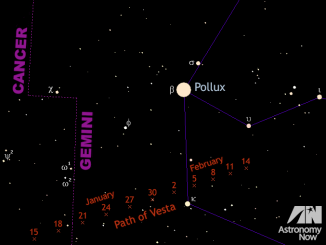
See brightest asteroid Vesta at its best
On Wednesday 18 January, brightest asteroid 4 Vesta comes to opposition in the constellation of Cancer bordering on Gemini, ideally placed for observation by Northern Hemisphere skywatchers. While the truly eagle-eyed among you might glimpse it with the unaided eye on dark, moonless nights, Vesta is an easy binocular object.
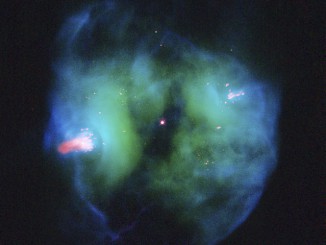
Hubble reveals a cosmic trick of the eye
While truly massive stars go out in a blaze of glory, intermediate-mass stars — those between roughly one and eight times the mass of the Sun — are somewhat quieter. Such stars eventually form cosmic objects known as planetary nebulae, so named because of their vague resemblance to planets when seen through early, low-resolution telescopes.
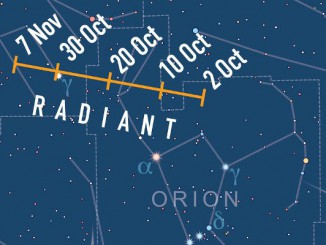
See the Orionid meteor shower peak 21-23 October
The highlight of October for meteor observers is the Orionid meteor shower, which occurs when the Earth encounters the debris stream of Halley’s Comet. With a broad maximum 21-23 October, peak rates are typically about a quarter of those seen for the Perseids of August. A good percentage of Orionids are bright and leave persistent trains.
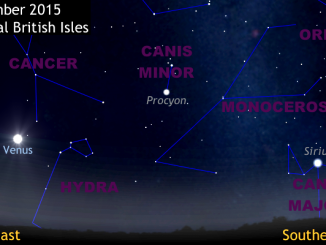
See planet Venus dazzle at greatest brilliancy in the pre-dawn sky
Early risers wishing to see Venus as a dazzling ‘morning star’ need only glance low to the east in the pre-dawn sky. The planet reaches greatest brilliancy on Sunday, 20 September when, for a couple of mornings, it can be seen outshining brightest nighttime star Sirius in the southeast by a factor of seventeen times. Can you see your shadow cast by Venus?
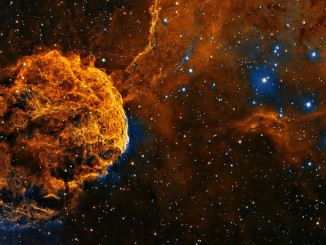
“IC 443” by Patrick Gilliland
Nomination number 13 from the prestigious Insight Astronomy Photographer of the Year competition, an annual celebration of the most beautiful and spectacular visions of the cosmos by astrophotographers worldwide. The 2015 competition received 2700 spectacular entries from over 60 countries and the winners will be announced 17 September.

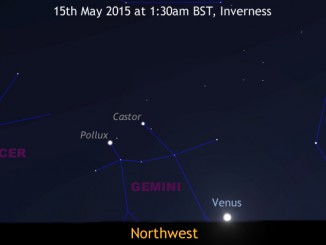
Venus’ late night show in May
Even casual observers cannot fail to notice dazzling Venus currently gracing the western horizon at dusk. Owing to a favourable set of circumstances, the brightest planet is visible long after sunset. How late can you see it set in the British Isles? For those north of the Arctic Circle, Venus is presently circumpolar and doesn’t set at all!


